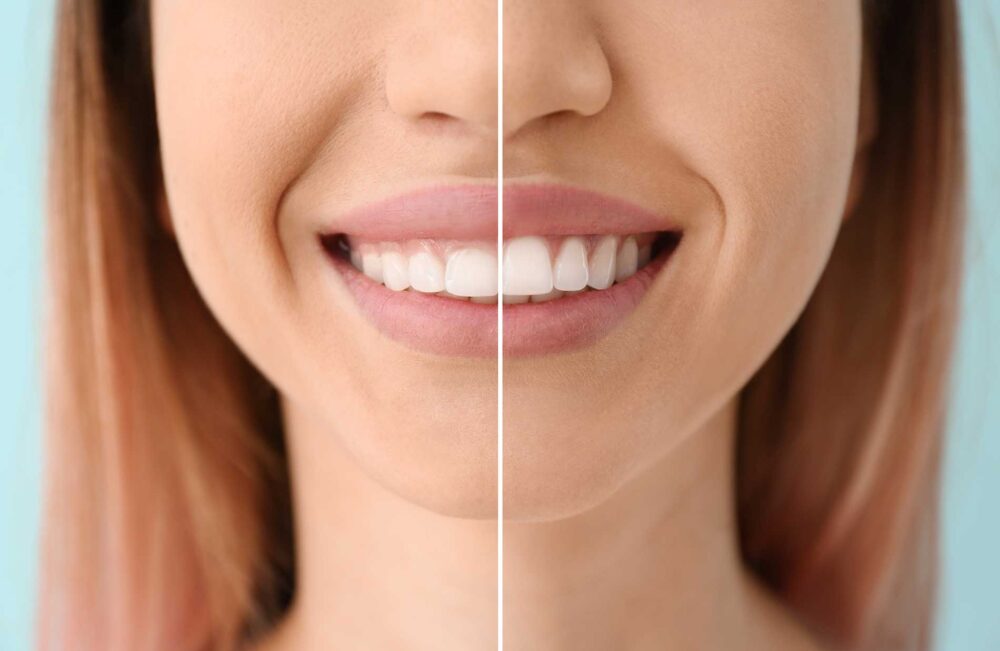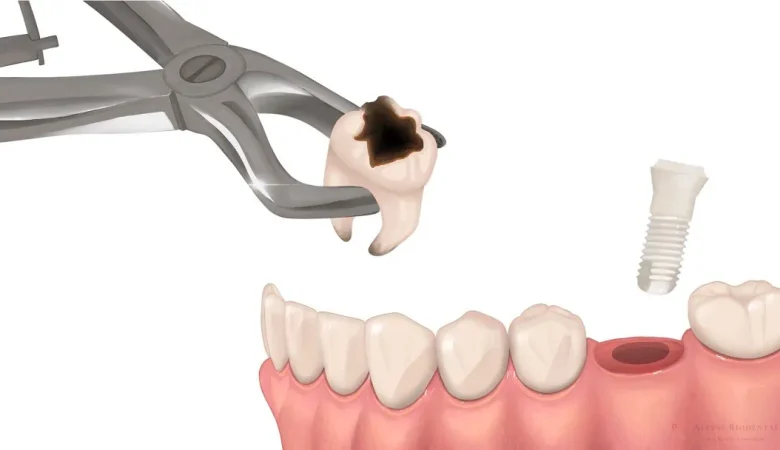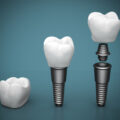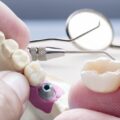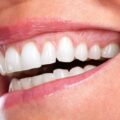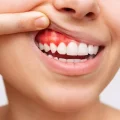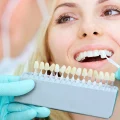A beautiful smile doesn’t just depend on your teeth; the harmony of your teeth and gums also has a strong influence on the overall impression. Too much gum can throw the proportions out of balance just as much as too little gum. Many people want to change their gum condition – regardless of whether there is a medical need or not. If it is all about aesthetics, gum correction can be classified as cosmetic surgery. In most cases, cosmetic correction is carried out by experienced dentists who specialize in periodontics and periodontal surgery.
The aim of cosmetic or plastic gum surgery is to shorten, lengthen or even out the gums. Typically, treatment is given for one of these reasons:
Too much gum is visible, but too little tooth surface (so-called gummy smile)
Too much tooth surface is visible because there is not enough gum naturally or congenitally
Too much tooth surface is visible because gums have been lost through a non-inflammatory form of recession (recession)
Too much tooth surface is visible because gum has been lost due to inflammation (periodontal disease).
An uneven gum line disrupts the aesthetics of the gums
The causes are of different nature. Genetic predisposition, oral hygiene, lifestyle, orthodontic treatment and gum disease can all be responsible for gum disharmony. Aesthetic gum correction can be carried out if there is no gum disease. However, if the gums recede as a result of periodontitis, for example, this must be successfully treated beforehand. Additional cosmetic gum correction can then be carried out.
The following applies to most cosmetic operations in the mouth: small procedure – big effect
In order to create a harmonious gum line along the row of teeth, various plastic-reconstructive periodontal surgery procedures can be used. Most of these gum therapies are minimally invasive and cause little or no discomfort. In general, gum correction is a relatively simple procedure that is carried out painlessly using local anesthesia, as is common for many other dental treatments.
The healing process is quick and usually doesn’t take longer than a week, so patients can soon look forward to beautiful gums. However, after gum surgery, normal tooth brushing should be replaced or supplemented by oral hygiene with a special disinfectant mouthwash for a certain period of time (1-2 weeks) in order to protect the gums and prevent them from receding again. There are also a few things to consider when it comes to nutrition. So that the wound healing process can proceed undisturbed, you should avoid hot drinks, alcohol, nicotine, and spicy and irritating foods in the first few days after the treatment. If sutures are placed during gum surgery, the stitches are usually removed after about a week.
The details of the treatment depend on the initial situation and will be recorded by your dentist/periodontist in a treatment plan based on the individual findings. Discuss your ideas and wishes regarding the final appearance of your gums with your dentist in order to achieve the optimal aesthetic result for you.
Too much red: surgical-cosmetic removal of gums
Excessive gums make the teeth appear too small, which has led to the cute “mouse teeth” expression. The so-called gum smile, or gummy smile, is often caused by too many gums – when you laugh, the gums come to the fore.
The excess gum tissue can be corrected surgically. The excess soft tissue is gently removed, for example with the help of a laser. This exposes the teeth to a certain extent, making them appear longer than before – this brings the relationship between teeth and gums back into balance.
Gum smiles can also have other causes besides too much gum. For example, overactivity of the upper lip lifting muscle can cause the upper lip to be pulled up too far when smiling. In extreme cases, the teeth are visible even when the face is in a normal, relaxed position. A too close connection between the upper lip and gums can also be the reason. If the cause of the gummy smile is not excess gum or gum adhesions, methods other than gum correction are used to solve the problem. If you are affected by the gummy smile, your dentist will recommend the method that makes sense for you.

